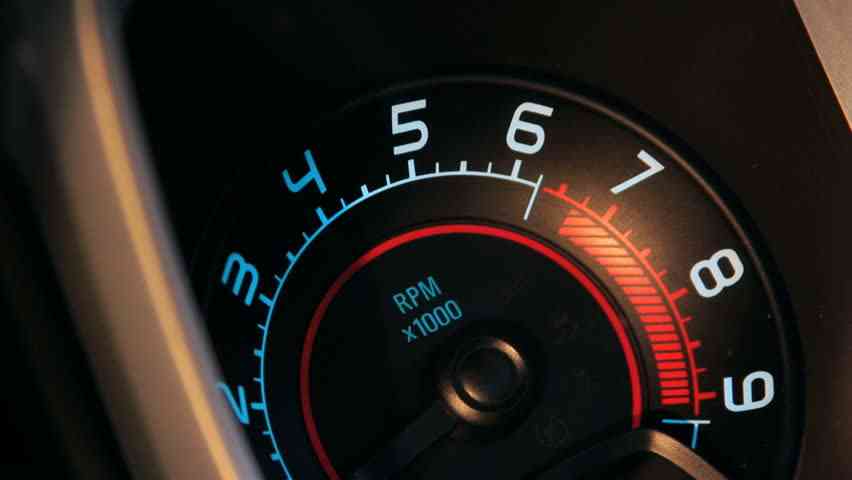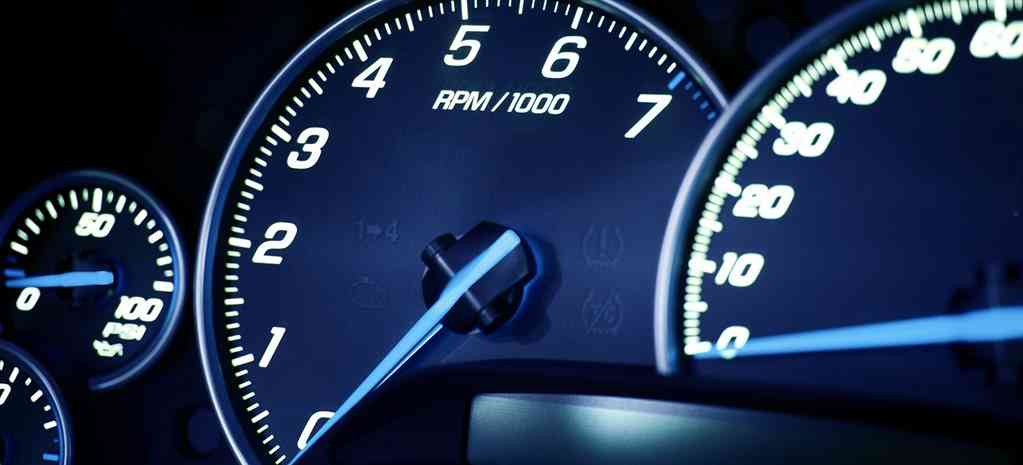What does RPM stand for? It stands for ‘revolutions per minute’ and measures the operational speed of a machine at a given time. The engine of a car rotates at changing speeds based on how hard the car is working. When the engine starts working too hard, the transmission gears change. RPM is the measurement of how hard the engine is working.
The RPM in an automobile is a gauge for measuring the number of the crankshaft’s one full rotation per minute. It also counts how many times each piston in the cylinder goes up and down.
What Does RPM Stand For And What Does It Do?
Well, you already know its meaning. It is a unit of rotational speed or the rotation frequency around a fixed axis. In an automobile, it specifies the number of turns per minute.
When you press the accelerator, both power and RPM of a car engine increases to a certain point.
If your vehicle has a tachometer, you will get the RPM readings on the dashboard, just left to the speedometer. Labeled r/min or RPM, the gauge indicates the speed of the crankshaft rotation when the vehicle speeds up or decelerates. Each number on the gauge is equivalent to nearly 1,000 RPM/minute. If the gauge indicator is pointing at 4, the engine is rotating at roughly 4,000 RPM per minute.

SEE MORE
Many people think that the engine operates at its maximum power at the highest RPM. This is not correct. The RPM you see in the engine specifications specifies the maximum horsepower produced at those revolutions per minute. For example, 250 hp and 5,500 rpm mean that the car will produce 250 horsepower at 5,500 rpm.
Torque, on the other hand, is calculated at a lower RPM. For instance, an engine can generate 270 pounds-feet of torque at 1,500 to 4,500 rpm. The phenomenon is a measurement of the instant twisting force of an engine.
Why Is RPM Important In Cars?
Besides knowing what does RPM stand for, you should also know its importance in an automobile.
Cars equipped with a manual transmission, the RPM is an indicator to the right moment of shifting into a higher or lower gear. The tachometer, which displays the RPM, features a redline zone at the top, which is highlighted with a red line. Revving the engine beyond the redline will cause damage to the car. It helps the driver to decide when to shift to a lower or higher gear. You need to shift down to a lower gear before the RPM gets too low, preventing the car from hesitation at deceleration or getting stuck. Similarly, it is necessary to shift up to a higher gear when the RPM is about to cross the redline.

This is not a problem if you are driving an automatic car. The transmission will automatically shift the gear when the engine is about to reach that dangerous speed limit. If that does not happen, you need to take the vehicle to a service shop. Failing to change the gear automatically suggests that there is a problem with the transmission.



